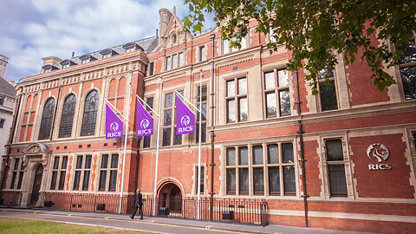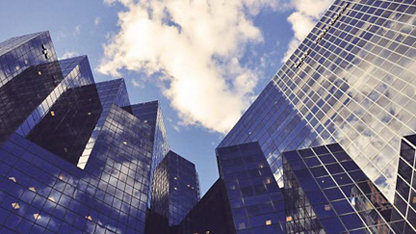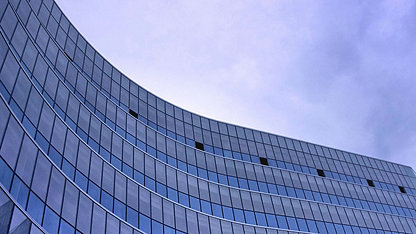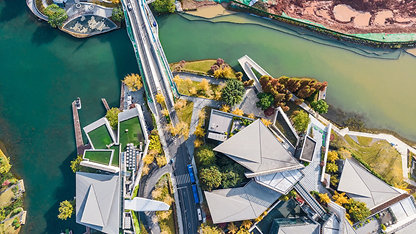We are in the middle of a period of drastic socioeconomic change, change that has widespread implications for the use of real estate. Rapid technological advances, a growing emphasis on environmental and social impacts, and the wellbeing and productivity of a building’s users have all become important drivers for reconsidering how we think about property. COVID-19 dramatically accelerated this conversation, radically changing demand for and use of buildings across the built environment while bringing unprecedented challenges.
Real estate must and will respond. For it to do so, we must ask how it will remain relevant to its customers, and therefore how RICS professionals engaged in its design, supply and management will also ensure that they remain relevant in a changing landscape.
This practice information suggests an agenda for change, including a customer-centric, people-centric and responsible approach that recognises the rapidly evolving role of real estate. While compliance, cost and function remain critical, they must now be considered alongside other factors of equal importance to organisational objectives, such as environmental performance, stimulation and the experience that they provide. To measure a building's performance in these areas and inform professionals’ decision-making, better and more detailed data will be key.
This paper:
- summarises the key drivers of change within real estate
- sets out a new approach to value in real estate and
- identifies six key themes of necessary change for RICS professionals to adapt to the fast-changing market.
Published date: 06 October 2020









